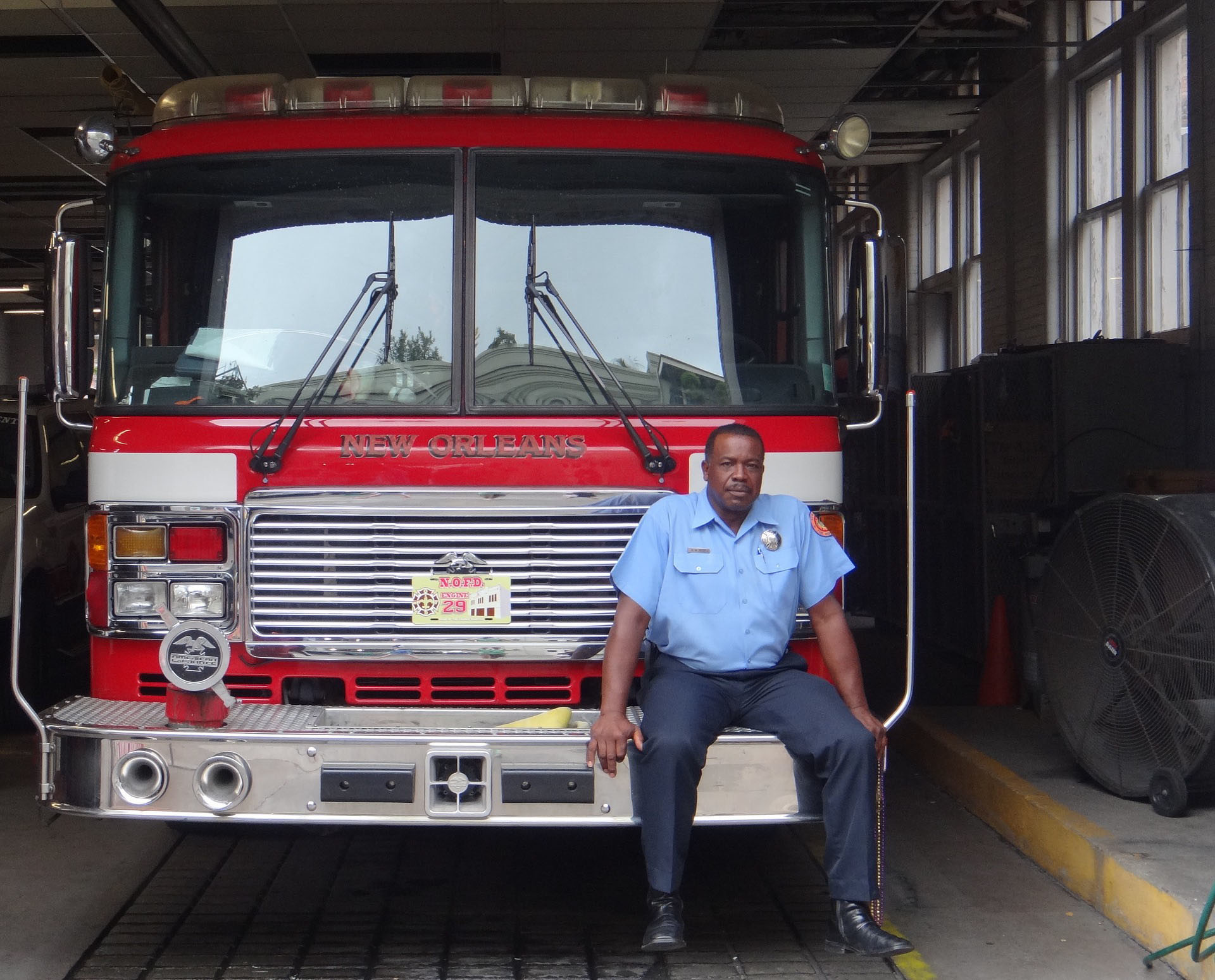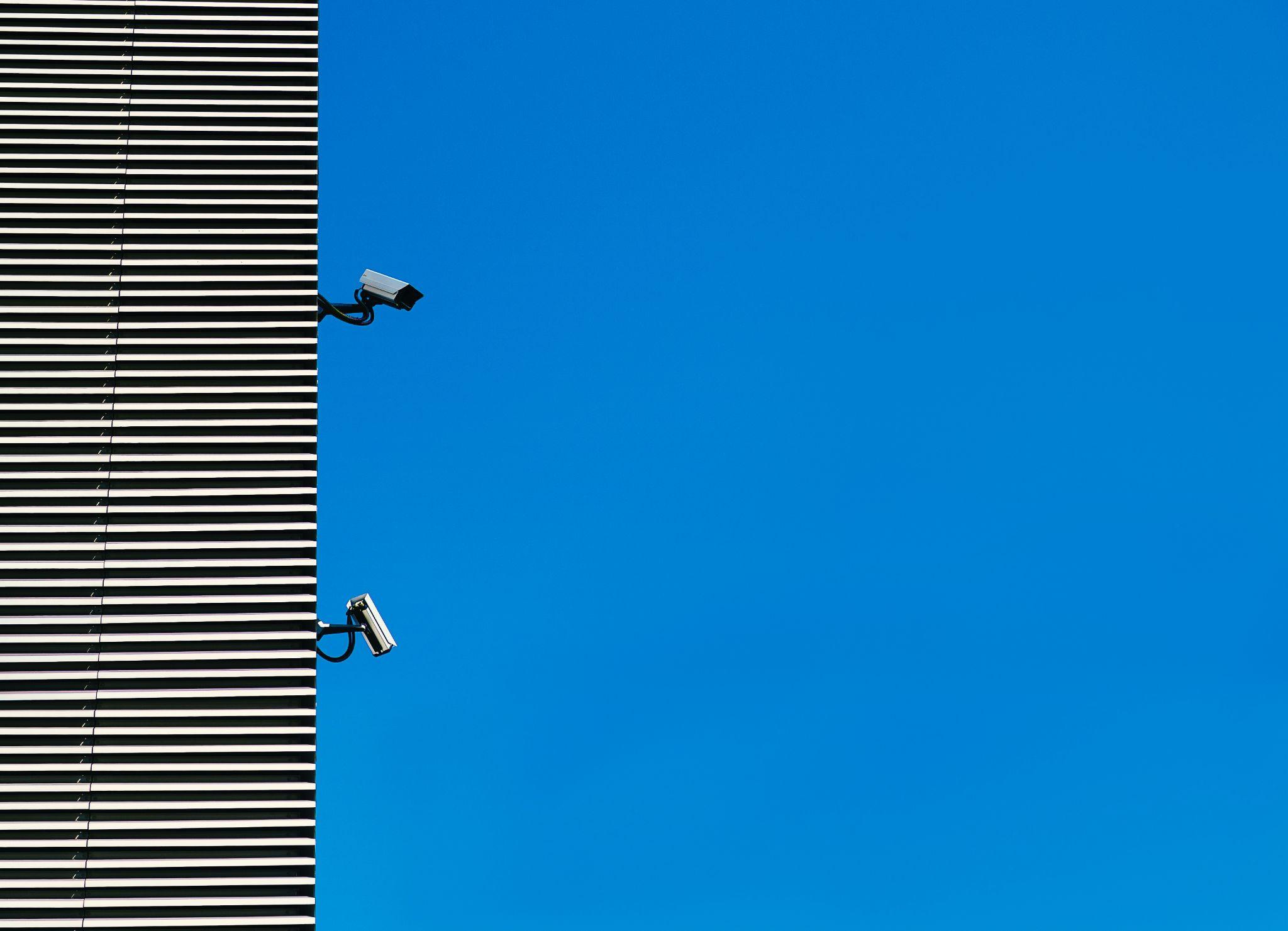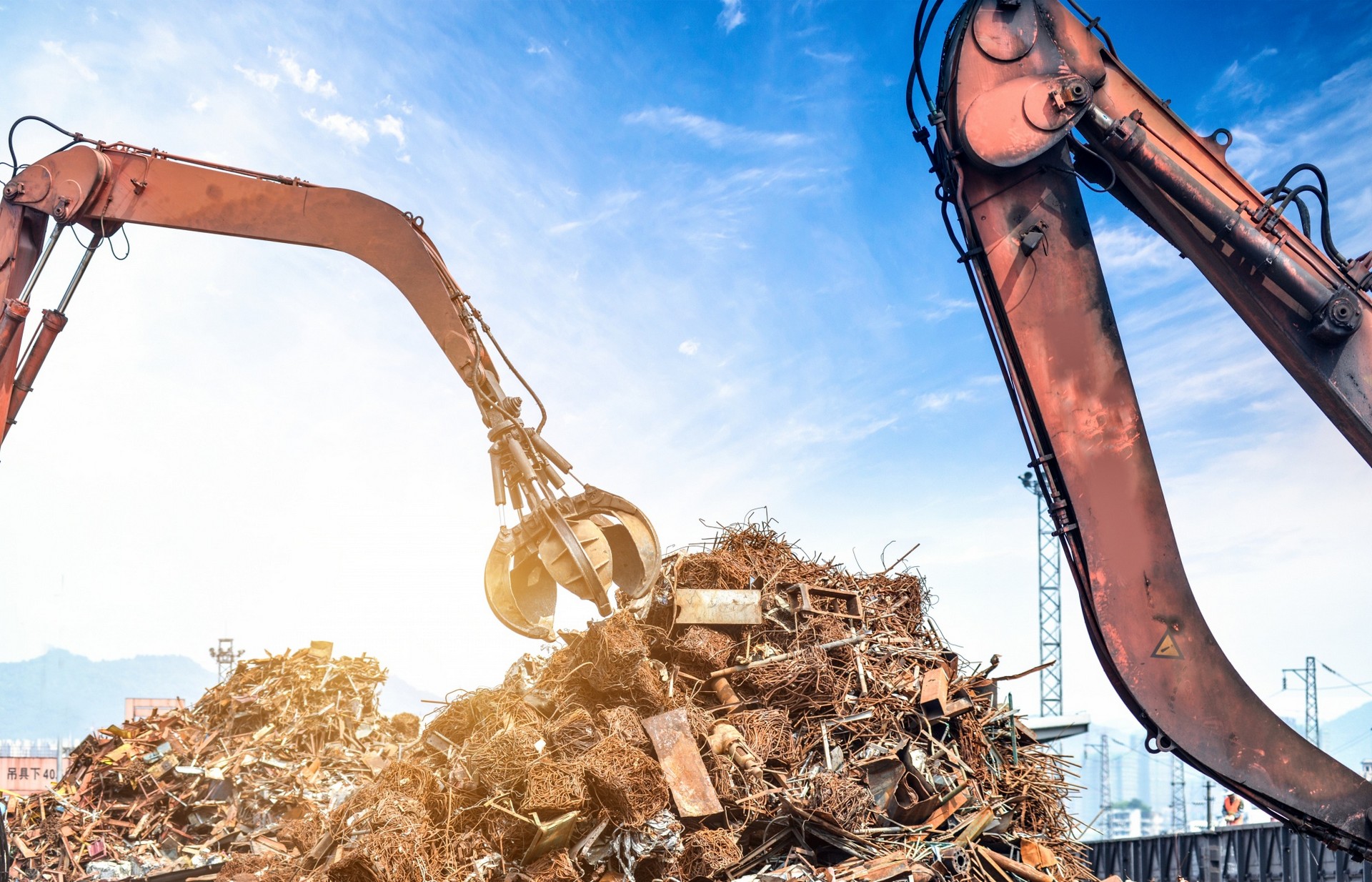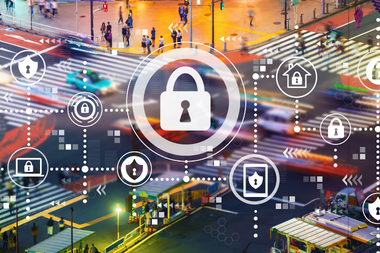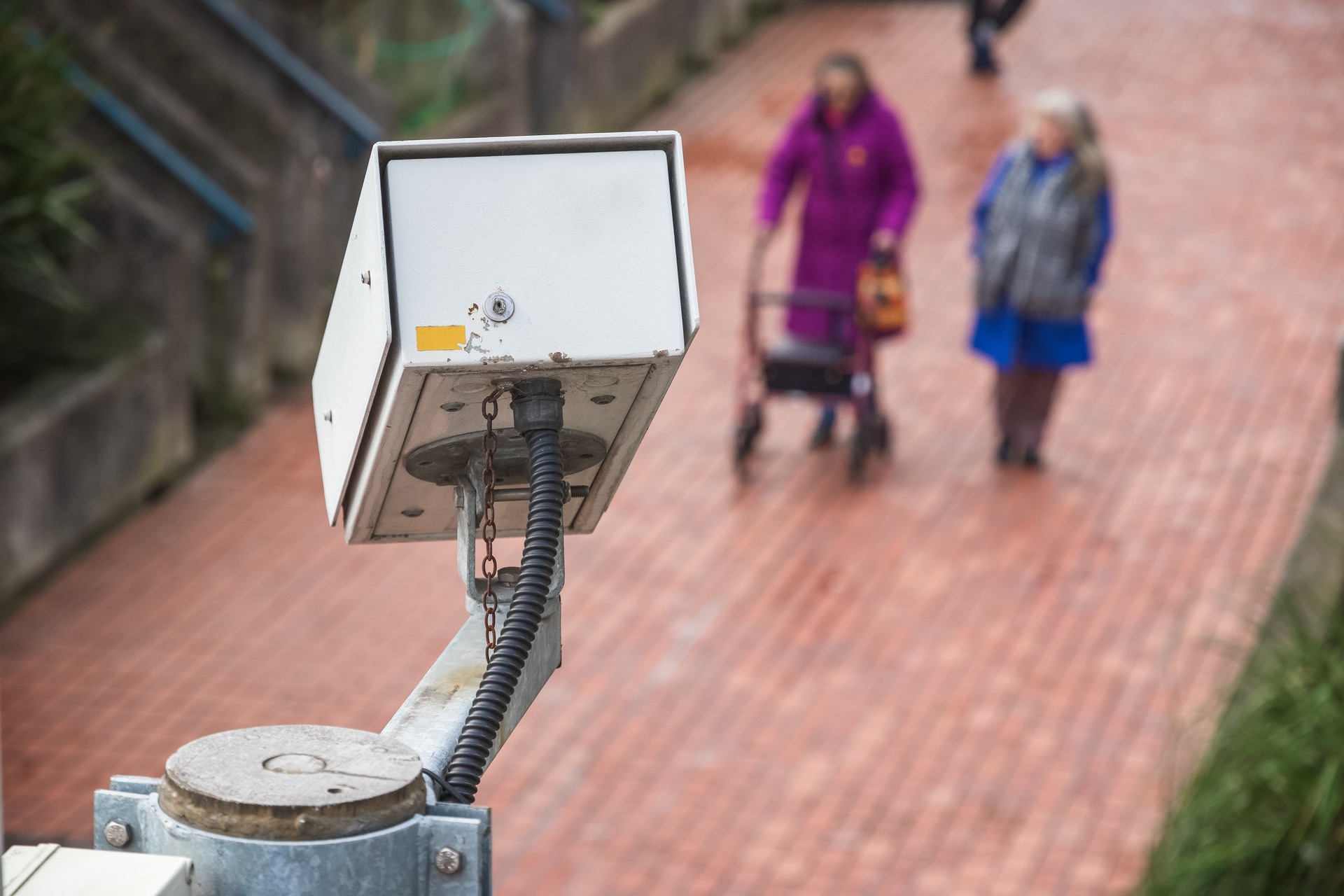Author | Raquel C. Pico
Despite significant advancements in road safety in recent decades, there remain numerous areas that need attention and further improvement. Pedestrian safety is one such area, as many cities and roads still prioritize vehicular traffic over the safety and convenience of pedestrians. Improving sidewalks and creating safe spaces for pedestrians is crucial, but adequate lighting is equally important. Good lighting could save lives.
Pedestrian accidents are on the rise

Pedestrian fatalities involving vehicles remain alarmingly high, and pedestrian crossings are one of the key areas where pedestrians are most at risk. In the United States, pedestrian traffic fatalities have increased over the past decade and have risen to 16% of all traffic-related deaths. Seventy-five percent of these fatalities occurred in areas without adequate lighting. A study conducted by the Louisiana Transportation Research Center concluded that this situation highlights the urgent need to improve pedestrian visibility.
There are various approaches to improving the illumination of pedestrian crossings, with differing opinions on the best methods. Enhancing lighting is essential, and practical experiences demonstrate that there are numerous effective ways to achieve this. The analysis emphasizes that improving visibility consistently has a positive impact on pedestrian safety. It is crucial to have lighting on both sides of the crossing to ensure that both drivers and pedestrians have clear visibility, preventing pedestrians from being silhouetted against the light. Greater visibility is essential both on the street, to help pedestrians make safer decisions when crossing, and on the road, to allow drivers to spot pedestrians more easily.
The power of LED lighting
One potential solution to improve the situation is the implementation of LED lighting. The integration of LED lighting at pedestrian crossings is one of the key measures being implemented in many cities. The goal is to reduce light pollution while improving energy efficiency. Additionally, the improved quality of light emitted reduces glare, enhances visibility, and increases cost-effectiveness. More importantly, new layers of visual information should be incorporated to enhance safety at crossings.
Pedestrian crossings illuminated by LED lighting often feature rows of lights integrated directly into the road surface. These lights sometimes outline the pedestrian crossings at their ends. In other cases, the lights are installed transversally across the road. In addition to informing pedestrians when it is safe or unsafe to cross, these illuminated systems also send warning signals to drivers.
Practical research has shown that, in terms of traffic safety, it is effective. A group of Italian researchers conducted a study in Rome, comparing driving speeds at different pedestrian crossings—some equipped with LED lighting integrated into the road and others without. The study found that vehicle approach speeds at pedestrian crossings with LED lighting were reduced by 19% to 32% compared to those without lighting.
While no conclusive studies have yet been conducted on the direct impact of lighting on reducing mortality rates, as noted in the Louisiana Transportation Research Center report, these findings are promising and suggest potential benefits.
More types of pedestrian crossings
Lighting ensures that both drivers and pedestrians have clear visibility of what is happening in that section of the street. Clearly distinguishing where a pedestrian crossing is located and where it is not, is essential for improving road safety, especially considering that, in the daily life of cities, things are not always done correctly. At times, the visibility of pedestrian crossings is reduced due to factors like double-parked cars or the placement of street furniture, such as waste bins.
Nevertheless, these are not the only strategies being implemented to enhance road and pedestrian safety. Digital pedestrian crossings utilize sensors and cameras to detect movement and traffic patterns, generating real-time signals to enhance safety, much like smart pedestrian crossings. In this case, lighting is once again a key factor, because thanks to the use of LED lights, it warns vehicles of what is ahead.
There are also more analog solutions. Raised pedestrian crossings have become increasingly common in European cities, especially near schools and other sensitive areas. The raised design acts as a physical projection on the road, compelling drivers to reduce their speed as they pass over it. Another approach involves dividing the pedestrian crossing into two sections, with a small island. This design allows pedestrians, especially those with mobility issues or slower walking speeds, to adjust their pace without being rushed by the green light duration.
In some locations, optical illusions are being employed to slow down approaching vehicles. The small village of Ísafjörður in Iceland went viral not long ago when it implemented a pedestrian crossing that created the illusion of being in 3D. The idea came from Asia: New Delhi was the first city to implement this type of optical illusion initiative.
How to prevent accidents
Reducing accidents requires improving visibility, creating clear warnings for road traffic, and enhancing lighting in pedestrian crossing areas. All these factors must be integrated into a comprehensive urban strategy: good urban planning reduces the accident rates. The city of Pontevedra, in Spain, successfully reduced pedestrian deaths involving vehicles to zero over the past decade by implementing strategies such as pedestrianization, traffic calming measures, and reducing vehicle speeds as much as possible
Of course, individuals can also play a significant role in improving safety. To prevent accidents as pedestrians, it is essential to follow traffic regulations, always use designated crossing areas, and wear bright or reflective clothing, particularly when you know you will be navigating poorly lit areas.
Photos | Roberto/iStock, JJ Ying











